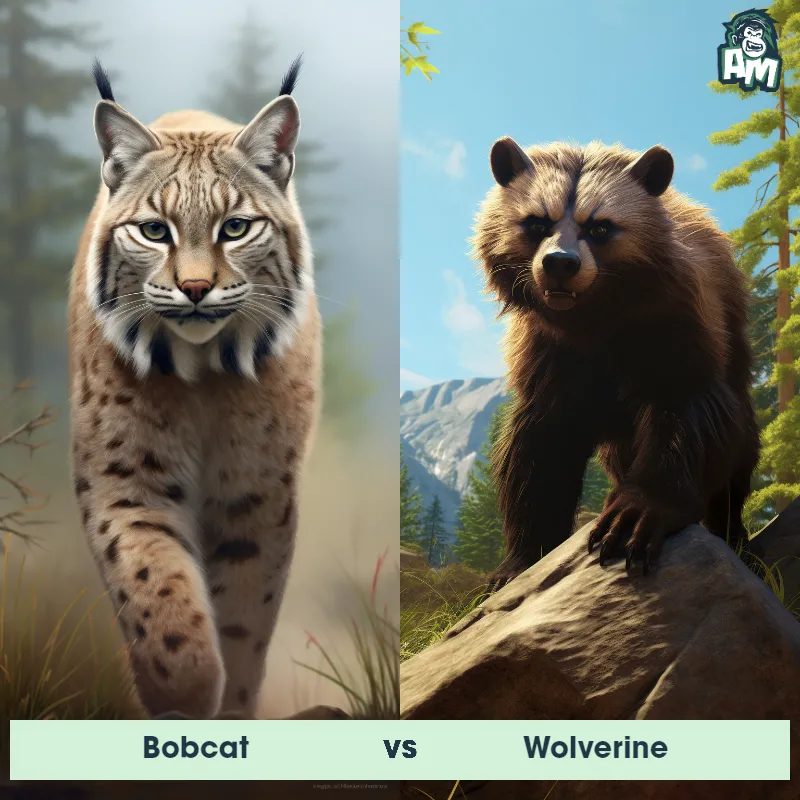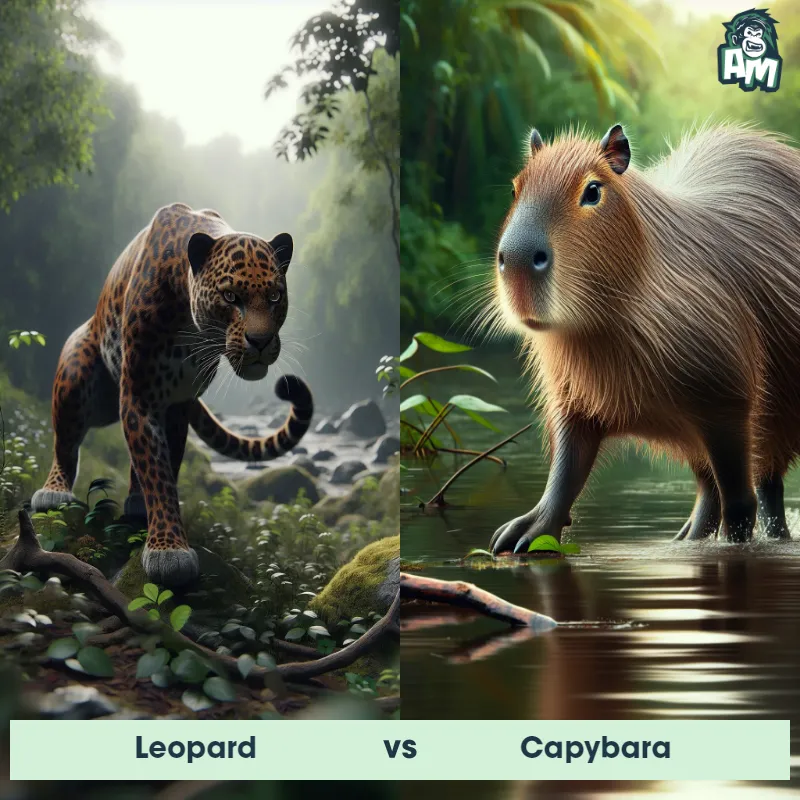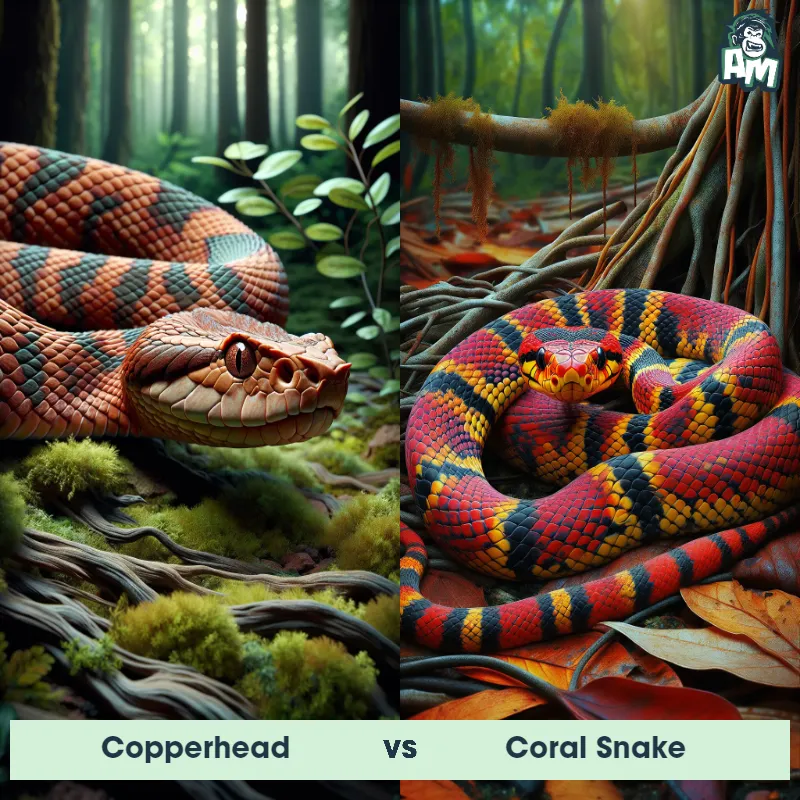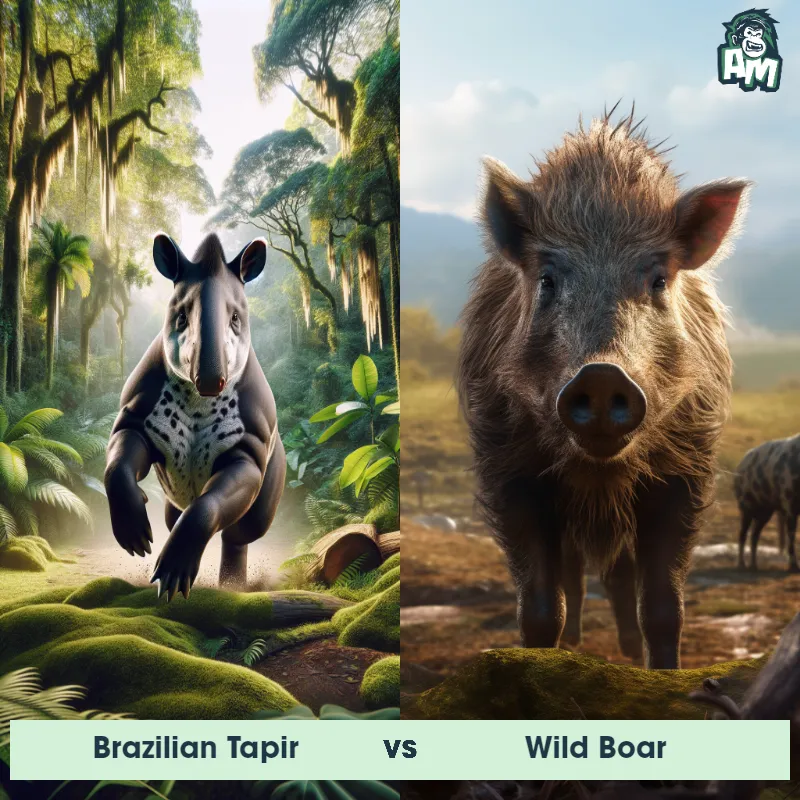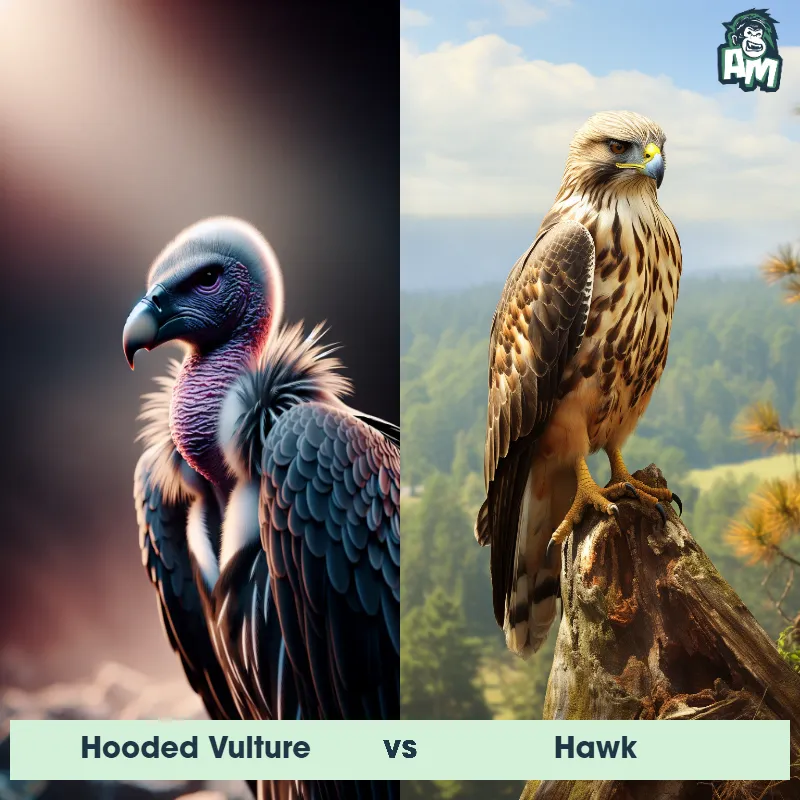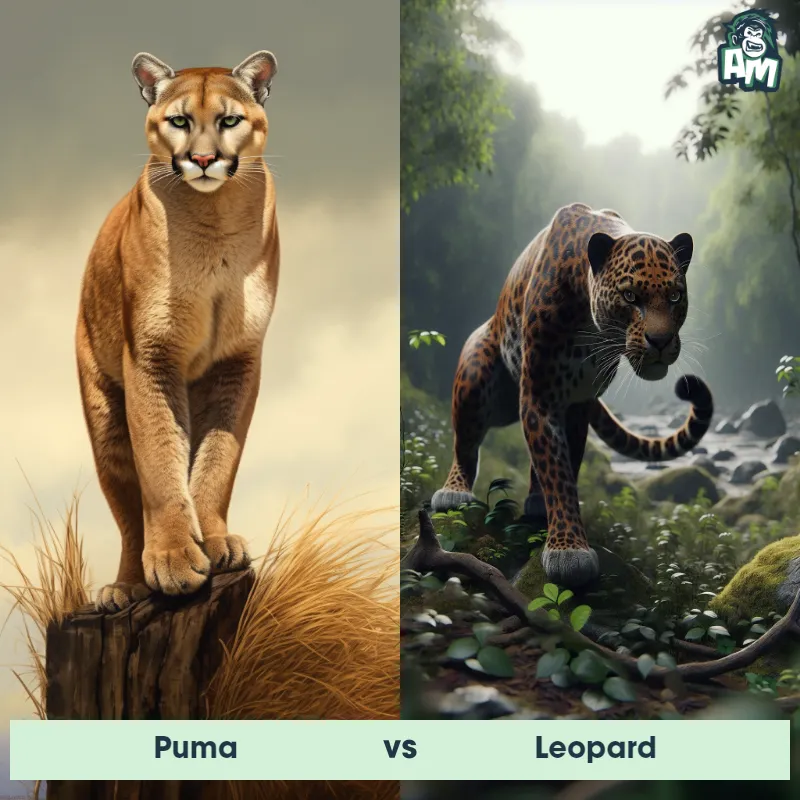Snow Leopard vs Siberian TigerSee Who Wins
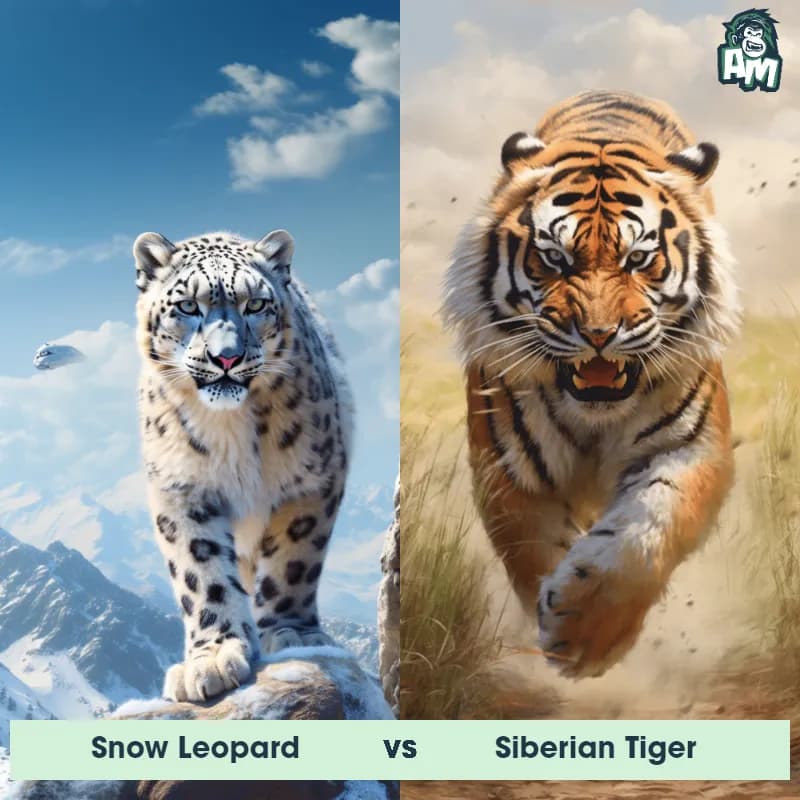
Welcome to a majestic face-off between two of the most magnificent big cats from the frozen terrains. In one corner, we have the elusive Snow Leopard, known for its agility and high-altitude prowess. In the opposing corner stands the Siberian Tiger, a symbol of sheer power and the largest of all the wild cats. Both are icons of beauty and strength, and today they meet in a showdown for the ages!
Contender 1: Snow Leopard
The Snow Leopard, also known as the "Ghost of the Mountains," is a large cat native to the mountain ranges of Central and South Asia. They have a thick, grayish-white fur coat with black spots that helps them blend into their snowy habitat. Snow Leopards have powerful legs and can jump up to 50 feet in one leap. They are also known for their long, bushy tails that help them maintain balance while navigating steep terrain.
Fun Fact: Snow Leopards are excellent climbers and can scale steep cliffs and rocky terrain with ease, thanks to their powerful legs and large paws that act like natural snowshoes.
Contender 2: Siberian Tiger
The Siberian Tiger, also known as the Amur Tiger, is the largest subspecies of tiger and can weigh up to 660 pounds. They have a distinctive orange coat with black stripes and a white belly. Their powerful legs and sharp claws make them excellent hunters, and they are known to prey on deer, wild boar, and even bears. Unfortunately, due to habitat loss and poaching, the Siberian Tiger is critically endangered with only around 500 individuals left in the wild.
Fun Fact: Despite their size and strength, Siberian Tigers are excellent swimmers and are known to swim across rivers and lakes in search of prey.
Matchup Stats
| Snow Leopard | Siberian Tiger | |
|---|---|---|
| Size | 2-2.5 feet (60-75 cm) at the shoulder | Up to 10 feet (3 meters) in length; up to 3.5 feet (1.1 meters) in height at the shoulder |
| Weight | 60-120 pounds (27-54 kg) | Up to 660 pounds (300 kilograms) |
| Speed | Speed: 40 mph (64.37 km/hr) | Speed: 50 mph (80.47 km/hr) |
| Key Strength | Powerful legs and sharp claws | Powerful legs and sharp claws |
| Biggest Weakness | Vulnerable to larger predators | Vulnerable to poaching and habitat loss |
Current Votes
Snow Leopard vs Siberian Tiger
See Who Wins
View More Matches
Looking For More?
Similar Matches
Scientific Stats
| Snow Leopard | Siberian Tiger | |
|---|---|---|
| Scientific Name | Panthera uncia | Panthera tigris altaica |
| Family | Felidae | Felidae |
| Habitat | Mountain ranges | Forests and grasslands |
| Geography | Central and South Asia | Russia, China, and North Korea |
| Diet | Mainly wild sheep and goats | Deer, wild boar, bears, and other large prey |
| Lifespan | 10 years - 12 years | 10 years - 15 years |
Key Differences between Snow Leopard and Siberian Tiger
- Tail length: Snow Leopards have relatively long tails that measure around 80-105 cm (31-41 inches), which aids in balance and serves as a warm cover during rest. Siberian Tigers, on the other hand, have shorter tails, measuring around 90-110 cm (35-43 inches).
- Fur coloration and pattern: Snow Leopards have a light gray to pale yellow fur with rosette-shaped spots that help them blend in with their rocky mountainous habitats. In contrast, Siberian Tigers have a vibrant orange fur with black stripes that provide camouflage in their forested habitats.
- Geographic range: Snow Leopards have a wider distribution, inhabiting 12 countries across Central and South Asia, including Afghanistan, Bhutan, China, India, Kazakhstan, Kyrgyzstan, Mongolia, Nepal, Pakistan, Russia, Tajikistan, and Uzbekistan. Siberian Tigers have a more restricted range, mainly found in the Russian Far East and northeastern China.
- Body size: Snow Leopards are generally smaller, with males weighing between 60-120 kg (130-260 lbs) and females weighing between 35-55 kg (77-121 lbs). In comparison, Siberian Tigers are larger, with males weighing between 180-300 kg (400-660 lbs) and females weighing between 100-167 kg (220-370 lbs).
- Habitat preference: Snow Leopards inhabit high-altitude regions, mainly found in the mountain ranges of Central and South Asia, including the Himalayas. Siberian Tigers, also known as Amur Tigers, primarily reside in the temperate forests of the Russian Far East and parts of China.
- Facial features: Snow Leopards have a distinctive facial appearance with a short muzzle, small round ears, and pale green or grayish-blue eyes. Siberian Tigers have a more robust facial structure with a longer muzzle, larger round ears, and amber or yellowish-brown eyes.




